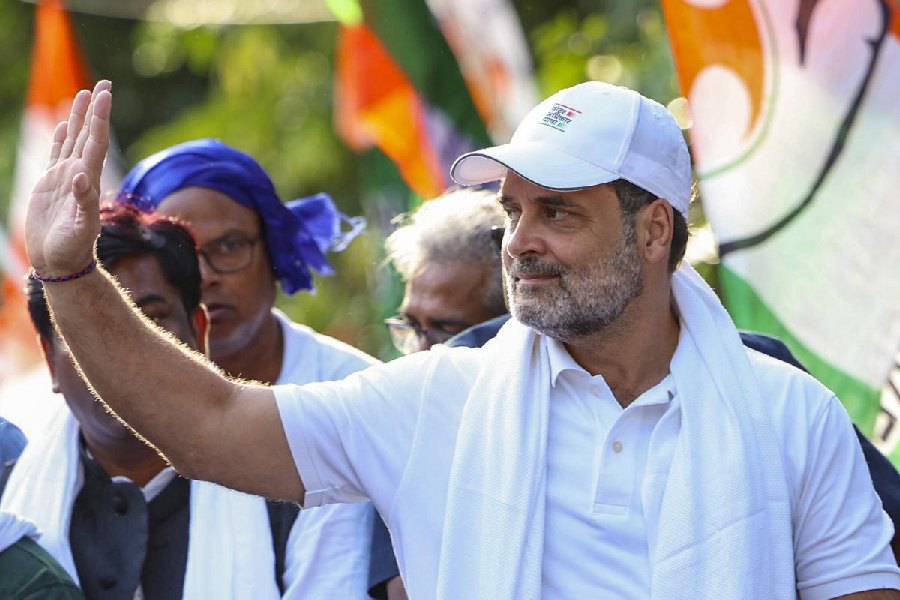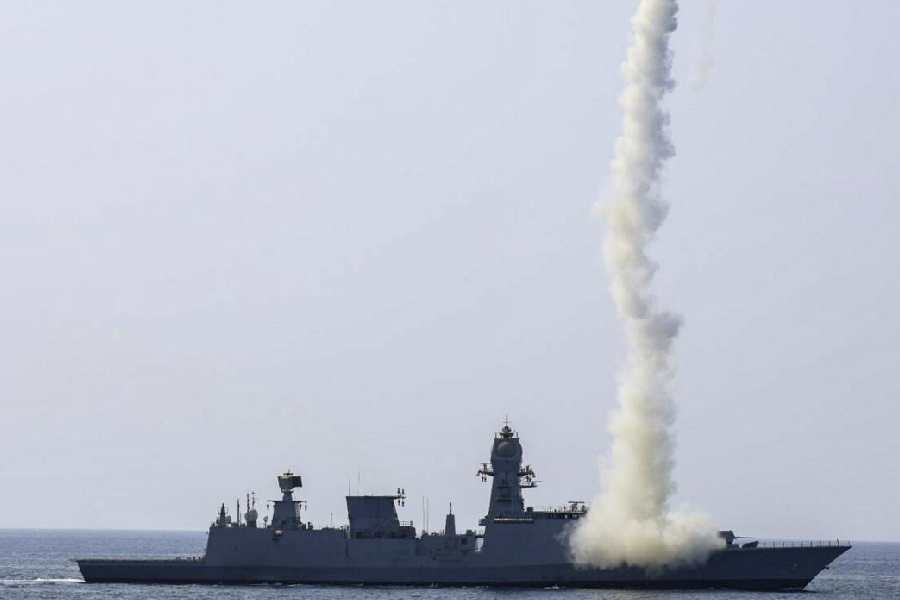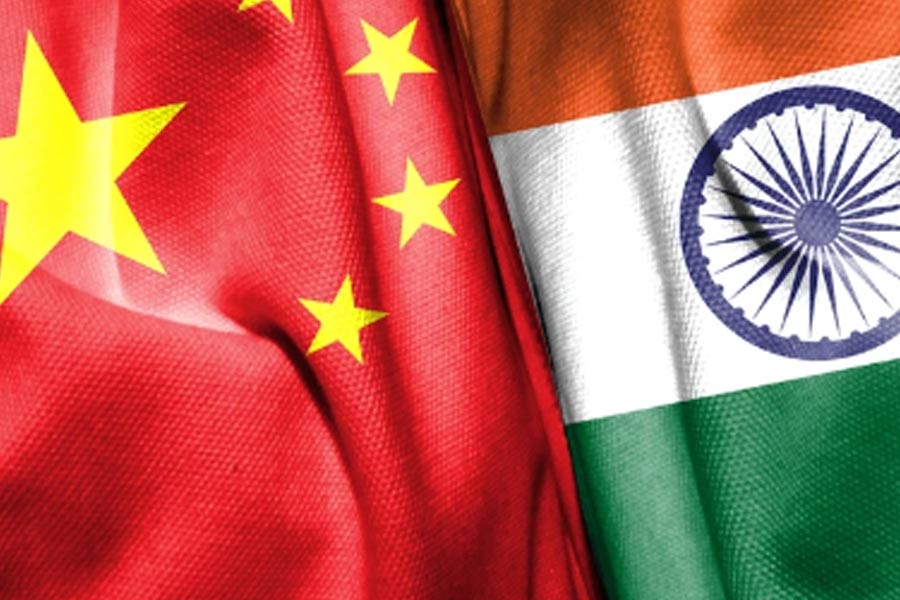 |
Do you see a dinosaur each time you gaze at the idiot box? It’s heavy, boxy and occupies far too much space — and it may be time to wave your remote at it for the last time. How about getting something in its place that’s sleek, mean and so fancy you can even flaunt it as a wall hanging?
Right. It’s time to go Flat. But, hang on a second, it’s tougher than that. There are scores of decisions to be taken before easing back into your favourite armchair, flicking the remote and gazing wondrously at that lovely, huge, flat screen.
First and foremost, there’s the biggest question of all: Should it be an LCD screen or will a plasma suit your needs better? These flat and ultra-thin television panels are probably the coolest pieces of technology being built today. They both scream visual pizzazz and are high on the wow factor, but which is the one to suit your needs?
Which way is urban India moving? The answer is that India’s city slickers are rushing to go flat and most are settling for LCDs. “The flat and slim LCD (or liquid crystal display) TV segment is witnessing exponential growth in India,” says Pankaj Kapoor, brand manager, television, Philips Electronics India.
 |
| The Bang & Olufsen LCD TV |
So it is indeed time to abandon the regular cathode ray technology (CRT) TV that has graced your sitting room for years. “As of now, the Indian market is dominated by LCDs, which have about 80 per cent market share of flat panel displays,” says Amitabh Tiwari, Business Group Head, Consumer Electronics, LG.
That’s quite a turnaround. Barely a year ago plasma TVs were the hotsellers. But TV buyers have suddenly realised that LCD technology offers many advantages. Compared to plasmas, LCDs are slimmer, weigh less and give better resolution than plasmas of the same size. But plasmas handle moving images slightly better. And, let’s get one thing clear: this debate is still raging and it’s not over by a long shot. But the LCDs are certainly winning the battle.
Importantly LCDs are more cost effective in sizes upto 40” though for larger screen sizes — 42” and above — it’s the plasmas that are more economical. Here’s how: a 42” LCD is priced around Rs 1.3 lakh while the entry level 42” plasma can be yours for Rs 94,000.
Meanwhile LCDs are briskly flying off shelves in the metros and gadget gurus say that if colour televisions were the aspirational product of the 1980s, flat panels are the aspirational product of the season. Philips’ Kapoor says, “Buyers of flat panels are affluent. They are people for whom the plasma or LCD is a second or third television.”
 |
| The Samsung LCD set |
It’s little surprise then that the market for LCD panels has reportedly grown by around 400 per cent in the current year touching around 1.5 lakh televisions compared to 30,000 LCDs sold in 2005. Says Yoshiki Yamanokuchi, division head, Television, Sony India, “High disposable incomes, the need for technologically advanced products and the emergence of the global Indian have been some of the major factors that have driven growth in the country.”
According to Ruchika Batra of Samsung Electronics, falling prices are also driving sales. She says, “The prices of LCDs have dropped by about 35 per cent in the current year over last year. And above all, people are looking for technologies that will stay.”
Prices, of course, vary wildly depending on what you want to buy. Today an entry level 20” LCD can be yours for about Rs 25,000, but if you really want to go all the way, then you can take home a Bang & Olufsen top-of-the-line LCD for Rs 8 lakh. Says Gerhard Paul Slamam, chief technical officer and partner, B&, India, “Technology in this case is more important than price.” But market watchers say that currently prices are a barrier for the mass market, and LCDs will need to hit critical mass before their effect is noticed.
 |
| The LG LCD flat screen |
So what is making LCDs a must-have for homes? Well it’s state-of-the-art digital technology that reproduces ultra-high picture quality, gives rich colour tones to create a realistic viewing experience. They’re also power saving devices that consume much less energy compared with conventional TVs and can carry on for some 60,000 hours. “A normal colour TV will last eight years at the most, while an LCD will last 20 years,” says Sathyan Rajan, marketing manager, New Business, Panasonic India.
This in turn is pushing electronic majors to flood the market with enhanced product lines and brands are quickly arming themselves with upgraded version LCDs. So be prepared to have a tough time deciding what’s best for you. The roster is impressive.
B& LCDs perch at the top of the digital ladder and are priced between Rs 3 lakh (for 22”) and Rs 8.3 lakh (for a 40” screen). Says Slamam, “The look of our BeoVision LCDs and plasmas has been created by designer David Lewis. The LCDs can be tilted at 70° using a remote. A large part of the magic is in our mechanical movements with the use of remotes.” The sets come with the latest in Dolby digital surround systems and can be hooked to projectors, laptops, analogue digital input devices, digital cameras and more.
 |
| The Panasonic LCD television |
Newer products are being unveiled in the market all the time. Samsung has 15 different models of LCDs and you can pick from 20” wide screens to 52” monsters (priced between Rs 34,990 and Rs 4,00,000). Samsung’s newest generation Mosel series comes with full compatibility with the cutting-edge Blu Ray DVD players.
You can also wade your way through the Philips catalogue that offers LCDs priced between Rs 38,900 to Rs 2,49,990 or check out Sony’s BRAVIA LCDs that cost anywhere from Rs 59,990 to Rs 2,69,900. The success of BRAVIA LCDs pushed the brand to launch yet another hot range of LCDs — the X-series.
Most brands flaunt their own selling points. LG boasts of technology that ensures ripple-proof and bright screens that go from 20” to 42” (Rs 29,990 to Rs 1,40,000). Hitachi says its LCDs are equipped to cut out jerkiness while watching fast action sequences (Rs 32,000 to Rs 1,40,000 for the 15” to 37” LCDs) while Panasonic has LCD variations in its 20”, 23”, 26” and 32” screens. Panasonic’s fastest sellers are the 26” (Rs 49,990) and the 32” (Rs 79,990) LCDs.
With the market looking up all the time, companies are also gearing up to erase the one weak spot that LCD are criticised for — sluggishness in displaying fast-moving objects. Says LG’s Tiwari, “A year ago, screen response times were as slow as 25 milliseconds, now they are down to eight milliseconds. This will only get better in the future.”
 |
| The Sony LCD BRAVIA |
So what do you consider when you get yourself an LCD? A 32” LCD is perfect for the bedroom, but don’t fix it directly in front of or below an air-conditioner, near a window or expose it to direct sunlight. An LCD is more suitable in a well-lit area, while the viewing distance should be twice that of the screen size.
The concept of digital lifestyle has taken root in India — and how. Yoshiki Yamanokuchi of Sony predicts, “It won’t be long before these new technologies become mainstream.”
Scorecard
Identifying the right TV for you is all about getting the latest technology and right features. Here’s a checklist to consider when you are buying one:
• True-to-life images (watch the colours)
• Go for good resolution and clarity
• A wide viewing angle to ensure maximum visibility from wherever you’re sitting
• Complete surround sound system
• Motion smoothness (minimal jerkiness in the moving picture)
• Durability (hardy screens)
• Connectivity (2 tuner PIP/HDMI/audio ports for home theatre connectivity etc.)
• Should stand up to humidity, dust and (cigarette) smoke and extreme temperatures
• A slim form that can be hung on the wall
The plasma punch
 |
 |
 |
| (From top): The LG plasma, Panasonic plasma and Philips Ambilight |
Let’s get one thing clear. In the last year LCDs have taken an unbeatable lead over plasma models. But plasmas aren’t going to fade away any time in the near future. In fact plasma sales have grown by 209 per cent in the last year and almost every company has its line of plasma models. Says Ruchika Mehta of Samsung Electronics, “The market size for plasma TVs is small now, even though it may have doubled over the market in 2005.”
But there are still buyers who settle for plasmas over LCDs for a combination of reasons. Some want a combination of cost effectiveness and size. So besides an existing lineup of four plasma models in 42”, 50”, and 63” screen sizes (with prices ranging from Rs 99,000 to Rs 7 lakh), Samsung has strengthened its plasma line-up by launching its Q7 Series in 42” and 50” size segments.
Interestingly, the plasma vs LCD debate is still raging. Sathyan Rajan, marketing manager, New Business, Panasonic India says that plasmas are ahead of LCDs when it comes to sharpness, brightness, colour and motion picture. Gerhard Paul Slamam, chief technical officer and partner B&, India promises that B& plasmas offer picture depth and are updated with 60,000 hours of lifetime (the same as an LCD). B&’s BeoVision4 plasma series cost a small fortune at Rs 11 lakh for the 50” and Rs 15 lakh for the 65”.
Philips’ line of plasmas go from Rs 1.39 lakh to Rs 2.79 lakh and soon the brand will unleash the new AmbilightTM televisions. When these are switched on, a glow will surround the TV and this colour will change with the content on the screen (for strain-free viewing). Viewers can also customise the colour and intensity of the light emitted.
Panasonic and Hitachi too are focusing on plasmas. Hitachi’s 42” (Rs 1.55 lakh) and 55” (Rs 3.4 lakh) are fast movers. The Panasonic plasma screens range from 42” standard definition (Rs 94,990) to 50” high definition (Rs 3,69,990). LG’s plasma prices stand at Rs 94,000 for 42” at the entry level and scale Rs 4.5 lakh for 71”.










